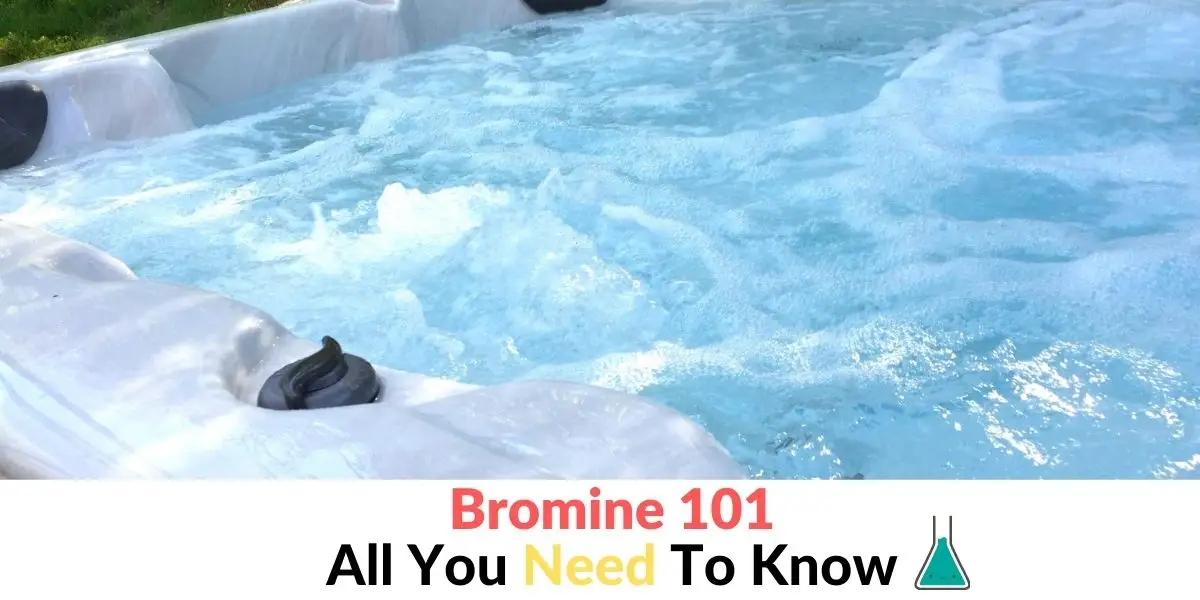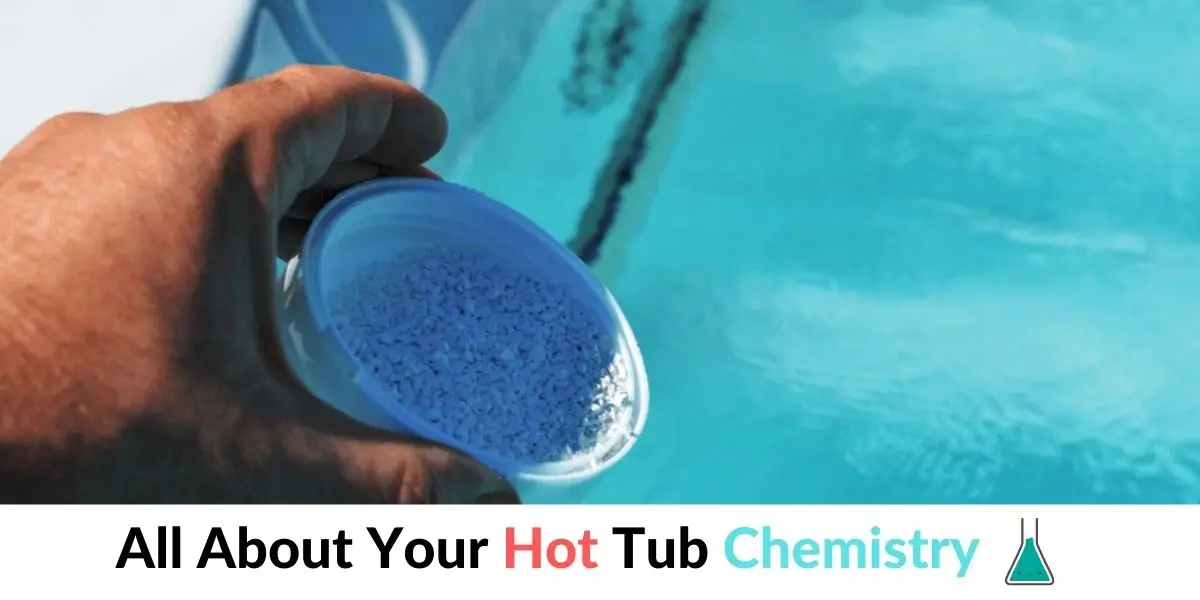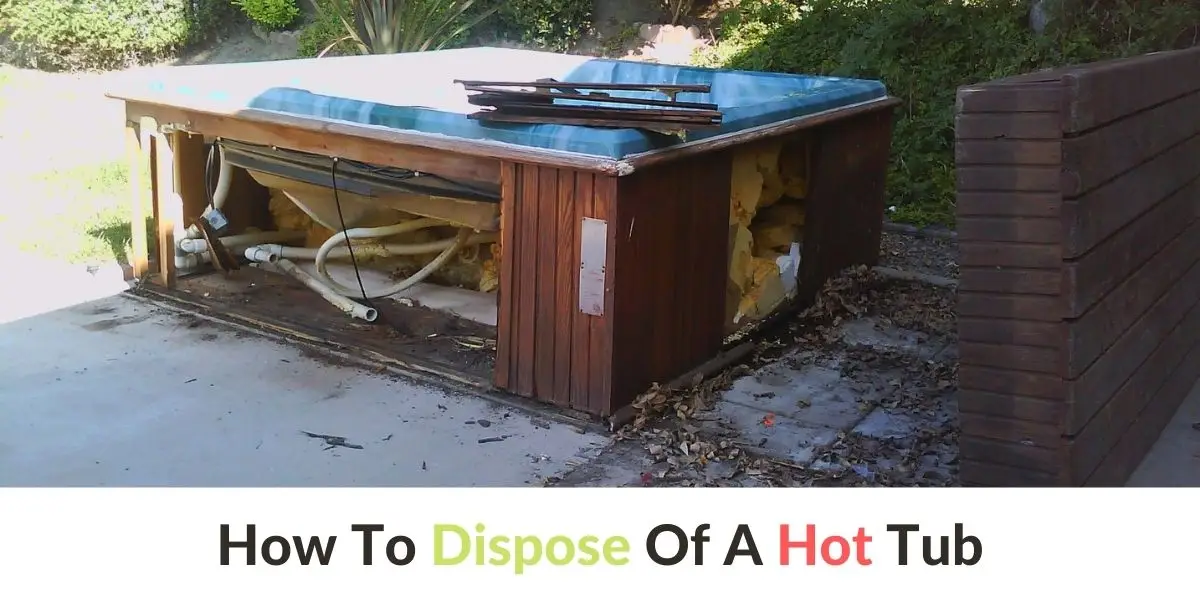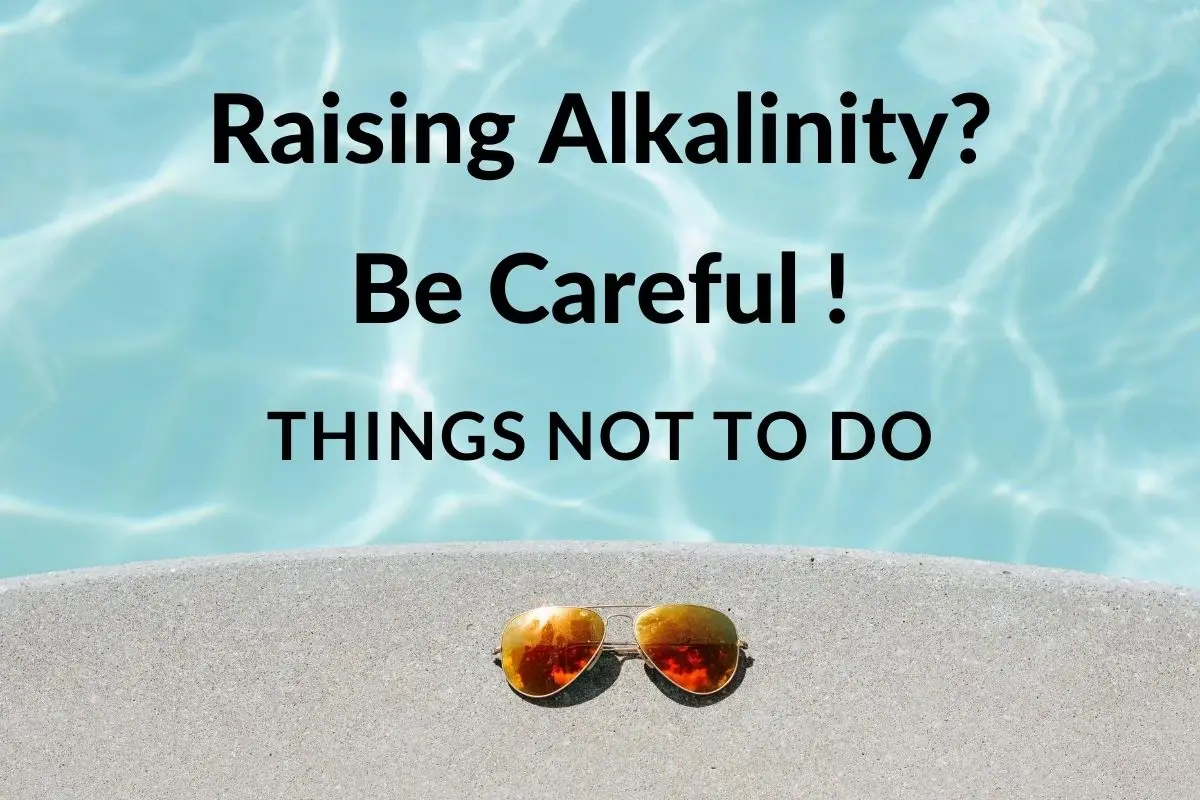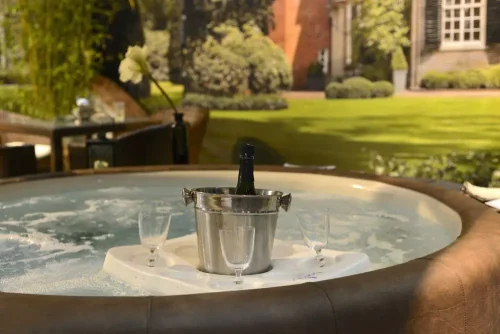Inflatable Hot Tub vs Regular Hot Tub – Pros and Cons
Are you in doubt thinking which one should I get, and inflatable or hard shell, regular hot tub? Let’s see. Both, an inflatable and regular hot tub is a fantastic alternative to a pool if you don’t have enough space, or if you just want somewhere to sit and relax or exercise, no matter what the weather.
Both inflatable hot tubs and regular hot tubs require chemical balance. If you are going to be using them long-term, leave the water inside the tub.
While an inflatable hot tub might be a short term investment, an in-ground hot tub is a more permanent investment for those who want the full hot tub experience, making far better use of the chemicals and maintenance.
There are several pros and cons to consider when it comes to inflatable hot tubs:
Pros:
- Inflatable hot tubs are generally more affordable than traditional hot tubs.
- They are easy to install and can be set up in a variety of locations, both indoors and outdoors.
- They are portable and can be easily moved or stored when not in use.
- They are generally easier to maintain than traditional hot tubs.
Cons:
- Inflatable hot tubs may not be as durable as traditional hot tubs and may need to be replaced more frequently.
- They may not have as many features as traditional hot tubs.
- They may not be as comfortable as traditional hot tubs due to the inflatable nature of the tub.
- They may not provide the same level of support as traditional hot tubs, which can be a concern for people with back or joint problems.
The choice most of us face once we decide we want the experience of a hot tub, is whether you prefer an inflatable hot tub vs regular hot tub.
We take a look at the differences between the two options to help guide you on the best value for money when deciding on which option to purchase.
There are some basic similarities as well as major differences between a portable hot tub and a regular hot tub, however, the tubs break down into two categories, inflatable tubs vs regular spas.
Read This If You Are New To Inflatable Hot Tubs or Own One Already!
This is my super helpful guide to understanding inflatable hot tubs that will benefit anyone who wants to own or already owns an inflatable hot tub. Click here to read it.
Both of these options have pros and cons to help you decide which option suits your needs best.

Pros And Cons Of An Inflatable Hot Tub
Pros
- The main advantage of an inflatable tub is that the initial investment is much lower.
- Inflatable hot tubs deflate and are easy to move and transport after they have been installed (portable hot tub).
- Because the tub is inflatable, you get a more cushioned experience. It combines all the comfort of a lilo while being in the mini, heated pool, a lot similar to inflatable spas.
- While the word “inflatable tub” makes you think of flimsy, easy-to-puncture material, it’s not the case for these hot tubs. Due to being outdoor items, inflatable hot tubs and spas have to be made of a lot of sturdier stuff to avoid puncture. Bear in mind though, it is not impossible to puncture them.
Cons
- You sit on the floor in an inflatable hot tub, similar to a paddling pool.
- Some inflatable hot tubs do have jets, but these are air jets at the bottom of the tub providing a bubbly experience, rather than real targeted hydromassage jets.
- Inflatable tubs do not have much insulation, therefore they take much longer to heat up and can’t maintain their heat between uses. This means you have to plan your hot tub sessions further in advance and you’ll use more electricity to heat it up.
- Inflatable hot tubs don’t come with seats. You’d usually expect to be sat submerged up to your shoulders at least, but without a seat, you’ll have to crouch or prop yourself up using the opposite side of the tub, this would make a portable hot tub less popular if you feel you prefer to have seats.
- With an inflatable hot tub, you lose far more heat because of the materials it’s built from, plus, the power restrictions make it hard to it to reach a premium temperature.
- Even though an inflatable hot tub folds down, making it easy to relocate or pack away, it’s still a hard chore to empty the whole thing out and refill it. This wastes water and time.
- Few inflatable hot tubs will come with any added features. If you want different jet types or the bonus extras you’d find on a regular hot tub you’ll be left disappointed.
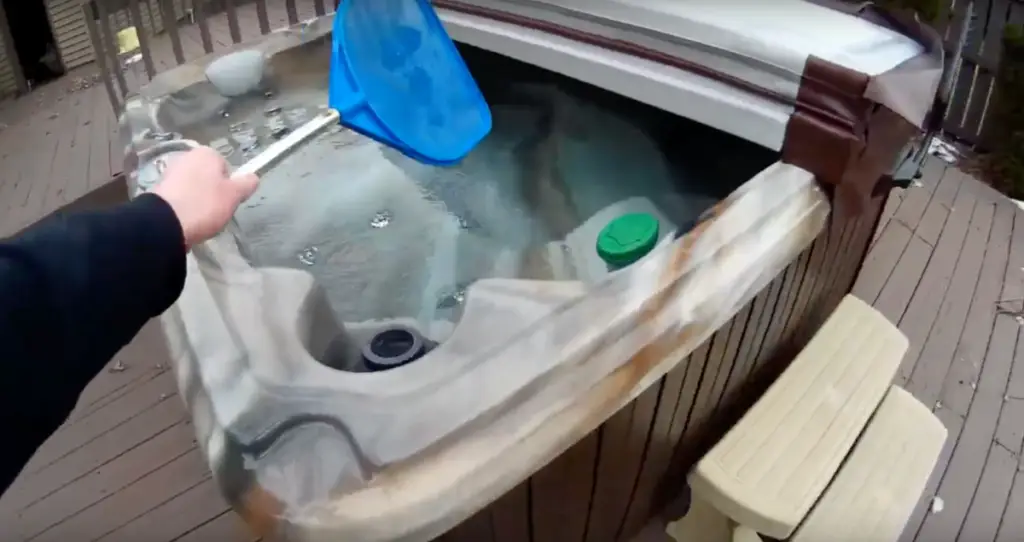
Have You Read My Inflatable Hot Tub Guide ?
If you haven’t and you are becoming interested in inflatable hot tubs, I think it will be super helpful for you to have it all in one place. You can read my research here.
Pros And Cons Of A Regular Hot Tub
Pros
- A big pro of a regular hot tub is that they have built-in seats and loungers, providing a better level of comfort.
- Targeted massage jets provide superior hydro massage, which will improve your level of relaxation and help to add a lot more to the quality of your hot tub experience.
- Regular hot tubs are designed and built to last. Unlike inflatable designs, which can puncture, you can expect many years of enjoyment from a regular hot tub.
- The running costs of a regular hot tub are generally lower.
- A quick set up is available with many hot tubs. There is no need to wait for any plumbing up, simply choose your spot for installation. However, there needs to be a large enough power supply close to the site for the unit chosen, along with a suitable base to sit it on.
- You are able to add advanced features to improve your hot tub experience, this will depend on how much you spend on the different tubs available on the market. If you’d like different jet styles, lights and other features for spas, you won’t have to spend too much more to get them.
- Regardless of the temperature outside, because of the more permanent setup, you can enjoy the luxury of a fixed hot tub year-round.
Cons
- The initial investment is higher, but depending on your hot tub usage may ultimately be more economical.
- The initial cost comes at a more expensive price.
- Regular hot tubs can be moved to a new location, but it requires more planning than an inflatable hot tub.
- A regular hot tub is not recommended for indoor use. However, it could be used indoors if the environment suits or if it can be adapted.
- You will probably need to add some form of step to be able to get in and out of a regular hot tub safely. Some come with them, while others have steps built around them as a feature where requested.
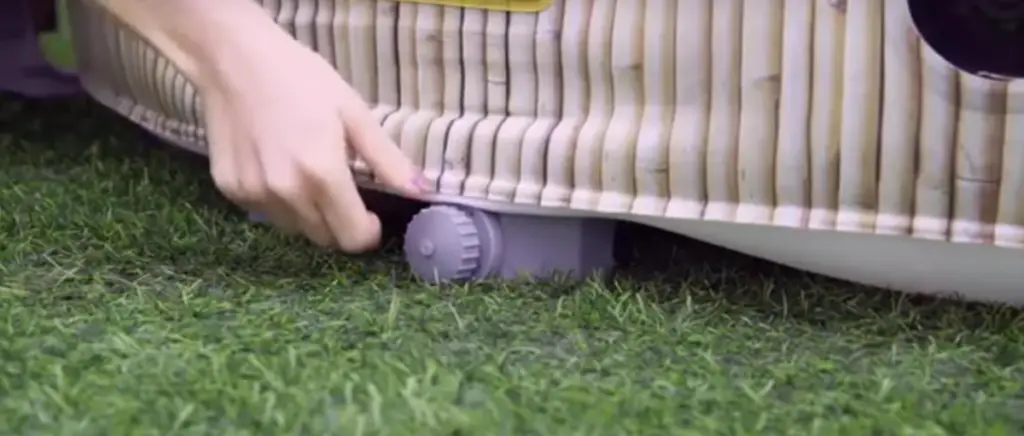
Helpful Buying Guide On Regular Hot Tubs
Don’t be fooled by unimportant features that raise the price of your hot tub. Make sure you know what you need to know before you talk to anyone about hot tubs. I have a comprehensive guide that took me some time to collect all data and write it. You can read it here.
Disadvantages of hot tubs
- The spa outbreak
Also known as Pseudomonas dermatitis or Pseudomonas folliculitis, the spa rash is an infection caused by the germ Pseudomonas aeruginosa that causes itching, a red, bumpy rash, and pus-filled blisters. The rash usually appears after a few days and goes away on its own (if not, see your doctor!). The best way to avoid it: Don’t let your body soak for long periods of time in a bathtub that you don’t clean or care for. Or, if you do, shower immediately afterwards and clean your bathing suit. - Legionnaires’ disease
Legionella is a germ that causes a severe type of pneumonia that you can contract by breathing in bacteria from steam in a contaminated hot tub. Symptoms such as headache, muscle aches, chills and fever usually appear a day or two after swimming. Depending on the Mayo Clinic, coughing with mucus or blood, shortness of breath, chest pain and confusion may occur on the second or third day. People over 50 years of age who smoke and have chronic lung disease are most susceptible to Legionnaires’ disease. - Irritation from body fluids.
I’m sorry, but this will disgust you. Charles Gerba, professor of microbiology and environmental studies at the University of Arizona, spoke to the Huffington Post about fecal bacterial contamination in spas. “The average swimmer has about a tenth of an ounce of fecal matter in their butt crease, which is a nice way of saying ‘butt crack.'” With five people soaking, “you’ve got a tablespoon of poop in the spa,” he says.
Urinating in a pool can be pretty bad, but so is peeing in a chlorine-filled hot tub. When urine, sweat and feces mix with the chlorine, it can create an irritant called chloramine, which can cause mild symptoms like coughing and red, irritated eyes. It’s important to rinse off after a hot bath, but it’s even more important to shower before entering the hot tub to prevent the spread of bacteria.
- Shigellosis and E. coli.
These common strains of bacteria, also spread by poorly maintained pools and dirty bodies entering and leaving them, can cause stomach pain, fever and diarrhea. Swimmers can contract shigellosis and E. coli from drinking contaminated water, but both are usually treatable without medical attention. - Diseases caused by parasites
Crypto is one of the most common waterborne diseases in the United States and is caused by ingestion of a microscopic parasite called Cryptosporidium. Because the parasite has a hard outer shell, it tolerates chlorine. Many people with healthy immune systems can recover without medical intervention, but may still experience diarrhea, fever and vomiting if infected.
Giardia, another common parasite found in contaminated water, is also chlorine tolerant and can infect patients with giardiasis. Symptoms include diarrhea, dehydration, and abdominal and stomach cramps.
- Scald and burn.
Thermal burns are more common with water than with fire. You would have to sit in 113-degree water for two hours to get severe second-degree burns, and the water should never be above 104 degrees. Experts recommend that adults spend no more than 15 minutes at a time in a hot tub. - Risks during pregnancy
Sorry moms-to-be, if the above doesn’t scare you, your OB/GYN will. The American College of Obstetricians and Gynecologists (ACOG) recommends that pregnant women never allow their core body temperature to rise above 102.2 degrees, as this can lead to birth defects. ACOG recommends that pregnant women limit their time in spas to 10 minutes or they are at higher risk for hyperthermia. Oh, and contrary to this old wives’ tale, you can actually get pregnant in a hot tub.
How Long Do Inflatable Hot Tubs Last?
The lifespan of your inflatable hot tub depends on you. The maintenance you would offer all its components would play a huge role in determining how long you can enjoy those long hot baths.
The average lifespan of a hot tub is between5-20 years. However, for this to happen, there are some parts you ought to pay more attention to;
- Plastic can wear out easily if not well taken care of, the harsh chemicals used in your hot tub will cause wear over time but you can prolong the life of the plastic by washing and cleaning the plastic parts regularly.
- Ensuring the hot tub is filled to the correct level helps to ensure better functionality.
- Make a habit of having regular professional check-ups on the primary components of the hot tub so as to prolong their life even further. i.e. Have the heater, water pump, filters, not forgetting the hot tub pool cover checked constantly.

What Is The Difference Between A Spa And A Hot Tub?
Spa
A spa is a hot tub equipped with strong jets that mix air into the water for a stronger massage effect. A spa can be above solid ground, inflatable spas, or sunk into an indoor floor or outdoor deck, or they can even be part of an in-ground swimming pool.
Hot Tub
A hot tub is a large size tub or small pool full of hot water and used for hydrotherapy or pleasure. Some have jets for massage purposes, sometimes also known as spas.
A typical hot tub is (usually) around the wooden tank with a simple bench seat and 4-8 jets around the side. A hot tub is a hot soak, without noisy equipment and turbulent bubbles bouncing you off the seat.
Are Inflatable Hot Tubs Good In Winter?
Despite the fact that most inflatable hot tubs are not rated for use in air temperatures below 40° F, it is common for people to use their portable hot tubs in the wintertime. If you are searching for an inflatable spa to use in cold weather, there are some characteristics that you should look for and some precautions you should take.
It has been proven that inflatable hot tubs can maintain their max water temperature in air temperatures well below freezing and can be enjoyed all winter.
An air temperature rating is the manufacturers guarantee that if you fill up your spa with cold water, it will be able to increase the water to max temperature and maintain that max temperature as long as the ambient air temperature is equal to or above the tub’s rating. So, if the inflatable spa is rated at 40° F, and you take it out on a 40° fall day, fill it with hose water, and turn on the pump.
Do Inflatable Hot Tubs Have Seats?
Inflatable spas typically don’t include seats. Most models include some sort of cushioned bottom on which to sit, which feels relaxing enough, you can however buy them separately.
Are Inflatable Hot Tubs vs Regular Hot Tubs Dangerous?
There are some health risks in owning and using a hot tub, as long as you are aware of them they can easily be avoided by being careful and vigilant while using your hot tub, and always making sure you keep your hot tub, filter and the water in it hygienic and clean.
Slips and Trips
It is always possible that someone could have an accident, you might slip and fall when getting in or out of the hot tub; or you might slip on the surface area around the hot tub if it’s wet, therefore always be careful when you get into and out of the hot tub.
Scalded or Burned Skin
The maximum temperature your inflatable hot tub heating can reach is 104F. This is the industry-wide standard to prevent your skin from getting burned or scalded.
Therefore, you should think about limiting the time a person spends in the hot tub to a maximum of 20-25 minutes in one go; while for children, 5 minutes is more than enough.
Hygiene
The thing to keep in mind is that a properly maintained inflatable hot tub, along with clean and sanitized water, is your best defence to control against any health risks.
Do You Leave Hot Tubs On All The Time?
Yes, you should leave your hot tub all of the time. Hot tubs are designed to always be switched on and it’s more economical to keep the water hot than it is to heat it up from cold each time you want to use it.
The main reason that hot tubs should be left on is that it takes a relatively small amount of electricity to keep your hot tub going once it has reached the correct temperature. This is particularly true in the summer if you have a good quality cover and if your hot tub has a high level of insulation. In fact, it’s possible that your hot tub will use very little energy in this situation.
However, the colder the ambient temperature is the more energy it will use to keep hot. Also, if your hot tub hasn’t got particularly good insulation then it will use more energy on a day to day basis to keep warm. Despite this, the general advice is to keep your hot tub running all the time as a number of issues and problems can occur when the hot tub is sitting idle.
If your hot tub is left empty it can become prone to leaking and the leftover water in the pipes can freeze and damage the pipework. The water in the pipe will become stagnant and bacteria and algae will grow in the stagnant water.
There are some occasions when it’s obviously necessary to switch your hot tub off. The most obvious is when you are draining, cleaning and refilling it. It’s recommended to do this every 3 months or so to keep the water in the best condition and to keep the hot tub in as fresh and clean condition as possible.
If you decide to turn your hot tub off for a certain amount of time, you should ensure that the hot tub is carefully drained and prepared for the time it will remain unused.
Are inflatable hot tubs dangerous?
Yes, inflatable hot tubs, just like any other hot tub can potentially be really dangerous.
The maximum temperature your inflatable spa can reach is 104 F. This is the industry standard and it’s there for a reason: to prevent your skin from burning or heating up.
You may be surprised to learn that in the U.S., more burns are caused by hot water than by fire. There is certainly a risk that the hot water in an inflatable spa can burn you if you stay in it for long periods of time. This is especially true for very young children, who can only really tolerate water temperatures of up to 90 F.
For this reason, you should consider limiting the time you spend in your inflatable spa to a maximum of 20-25 minutes at one time; whereas for children, 5 minutes is more than enough.
Do inflatable hot tubs use a lot of electricity?
All this is very relative. Compared to a regular spa, they use a little more electricity, but many factors come into play.
- This is the time it takes to heat the water to about 100°F.
- The time of year. This will affect the amount of water needed to maintain a constant temperature.
- The climate in which you are located
- The amount of use
If you fill your bathtub with a garden hose, the temperature of this water can reach 75° at peak times in summer and 40° in winter. As you can imagine, it takes much longer to heat the water to 60° than to 25°.
To keep the water at a constant temperature, only a small amount of electricity is used during the summer months. But in winter, an inflatable bathtub uses much more than a solid body.
In fact, the thermal insulation of an inflatable spa is far from being as good.
Obviously, the climate you are in affects the amount of electricity needed to maintain a constant temperature, which is between 98° and 104°. From Southern California to Northern Vermont, air temperature controls the rate at which heat is lost when the spa is used.
With many inflatable tubs, it is not possible to run the heater and pump at the same time due to the 13 amp current limit. This means that the water cools down faster during use than in a regular bathtub.
Older bathtubs can be more expensive to operate because the pump is not as efficient. Newer bathtubs have energy-saving features such as standby or economy mode.





